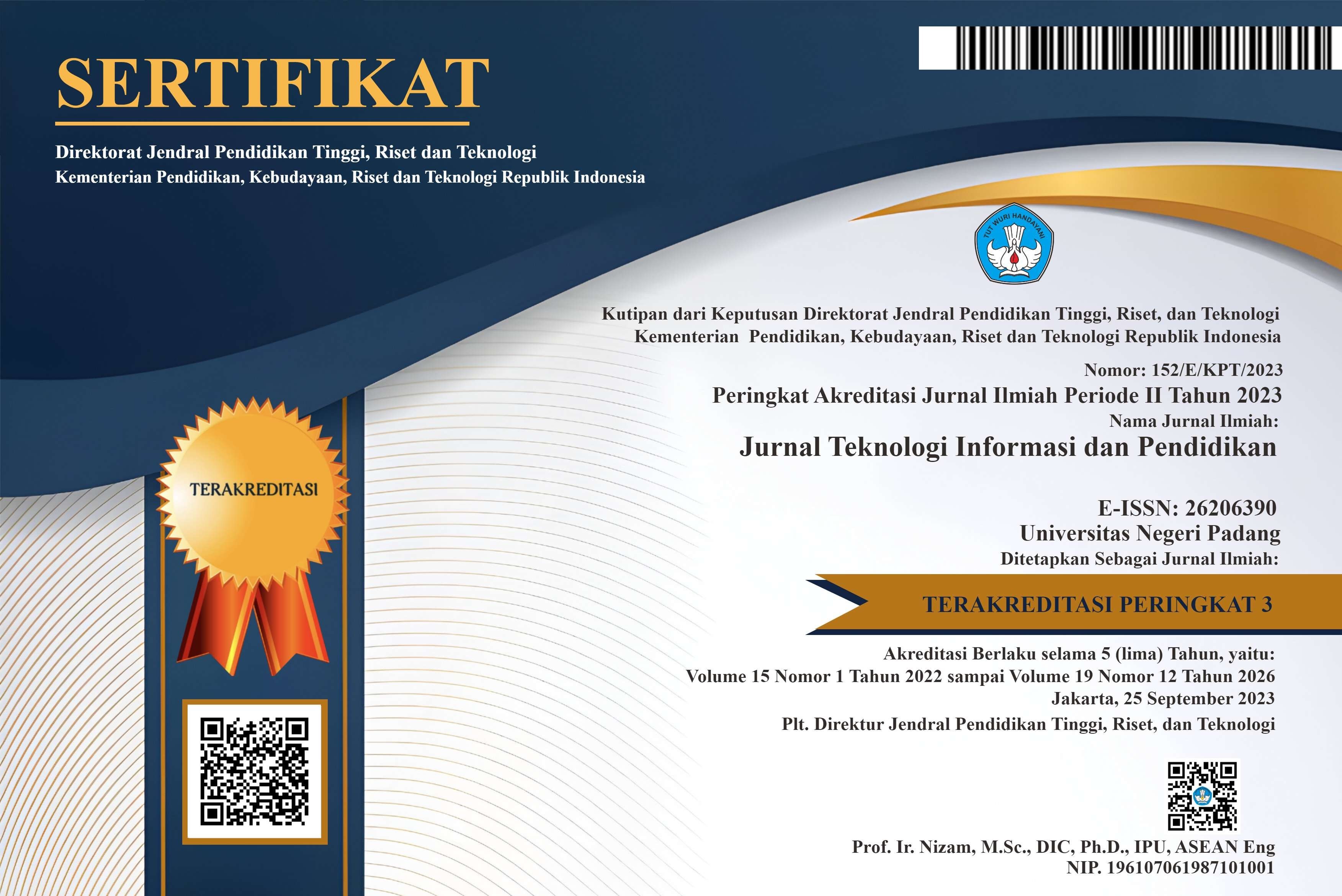Simulation of Maximum Power Point Tracking with Fuzzy Logic Control Method on Solar Panels Using MATLAB
DOI:
https://doi.org/10.24036/jtip.v17i1.731Keywords:
Solar Panel, MPPT, Fuzzy Logic Controller, Simulink MatLabAbstract
One of the newest sources energy is the sun. To limit the usage of fossil fuels, solar power facilities that harness sunlight are beginning to be created. Currently, research on solar panels is increasingly being carried out. Because solar panels are an unlimited source of energy. And solar panels can reduce exhaust emissions from conventional vehicles by 92%. However, the performance of solar panels is strongly influenced by several factors such as sunlight intensity and ambient temperature. So that solar panels can reach the maximum power point, the Maximum power point tracking (MPPT) method is employed to maximize the performance of solar panels. In this research, an mppt system will be created using fuzzy logic control in matlab simulink. Fuzzy logic control is a method that can control the system against load changes. To analyze this fuzzy logic-based mppt system, simulations are carried out using matlab simulink. Simulink is software used to model, simulate, and analyze dynamic systems. From the simulations that have been carried out, solar panels without mppt have a duty cycle change time of 0.1 seconds while with mppt the duty cycle change is 0.7 seconds, where the duty cycle change time without mppt is faster but the operating value is unstable while power tracking with mppt the duty cycle change time is longer but the operating value is more stable.















.png)














